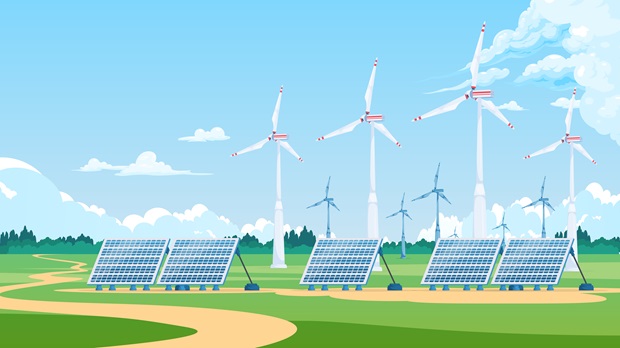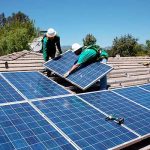The latest report from the Institute for Energy Economics and Financial Analysis (IEEFA) said that despite a push towards solar home systems in Bangladesh, its growth seems to have been stranded. The report talked about the urgency to re-evaluate Bangladesh’s energy strategy to improve energy efficiency to contain the growing demand for gas.
The report said that the South Asian country could reduce its reliance on fossil fuels like Liquified Natural Gas (LNG) by focusing on other forms of energy and boosting its energy efficiency. “Even as global fuel prices stabilize, Bangladesh struggles to import sufficient liquefied natural gas (LNG) to satisfy escalating demand. So rather than import more LNG, the country can save almost half a billion dollars a year by reducing demand for this highly volatile fossil fuel,” the report said.
The report also touched upon the issue of the growth of solar power in the state and its pace. “t. Despite much discussion and enhanced ambition, progress in key areas, such as renewable energy deployment, has been limitedInstalling solar home systems in off-grid areas improved the lives of rural people. However, since the country achieved 100% grid coverage in 2022, solar home systems have almost become stranded,” the IEEFA report said.
The report from the think tank also cited how the growth of renewables in the region is directly linked to the imports of LNG in Bangladesh. “Although Bangladesh is home to one of the largest solar home systems
programme in the world, overall success in renewable energy is limited Uncertainty over renewable energy deployment at scale and the high cost of battery energy storage also influenced the decision to import LNG,” the IEEFA report said.
The report also talked about the need to increase the usage of renewable power in the private sector and the role of the Bangladesh government towards this. “The existing threshold for implementing rooftop solar of up to 70% of an industry’s sanctioned load and energy efficiency measures are unlikely to help meet the mitigation target. For instance, the apparel industry is in an improbable situation to achieve a 30% mitigation goal by 2030 with rooftop solar and energy efficiency. However, to remain on track to attain the 30% goal, the apparel and textile industries may need to procure renewable energy through corporate power purchase agreements as implemented in other countries. The government will need to be more open to allowing private sector renewable energy projects to sell electricity to industries, using the relevant distribution lines of the utilities by paying the agreed fees,” the report said.



